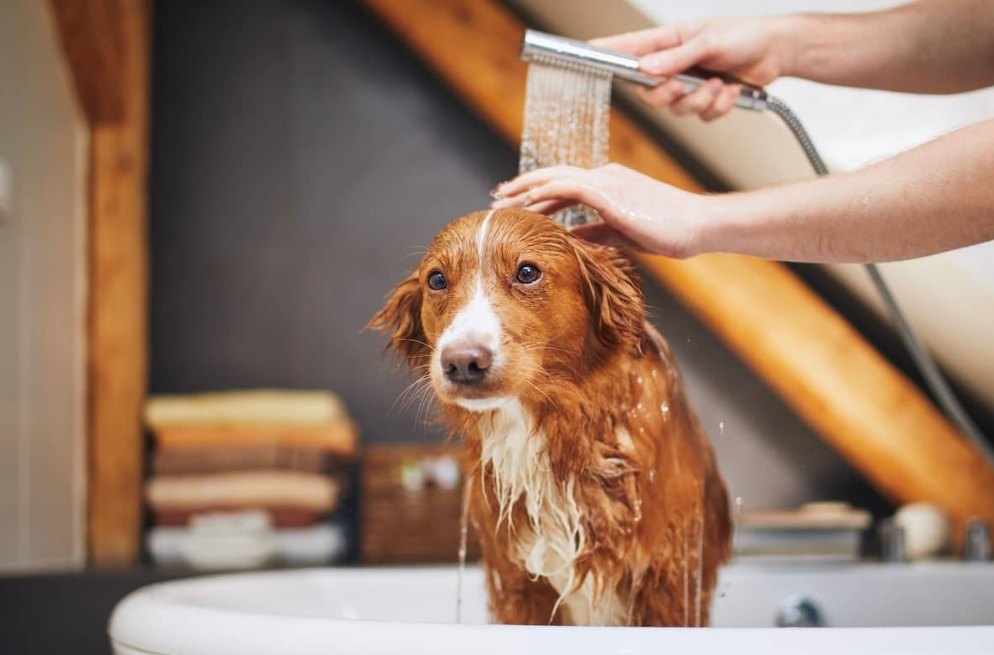For some dogs, the thought of bath time can be daunting, as they may feel confined and fearful of running water. If your dog is resistant to baths, it can pose a problem, as nobody enjoys the company of a smelly dog. However, with consistent training and gentle handling, even the most apprehensive pets can learn to relax and enjoy the bathing experience.

Understanding Why Dogs Dislike Baths
While not all dogs dread baths, there are several reasons why some may find them distressing:
- Negative Experiences: Dogs may associate baths with past negative experiences, such as being splashed or water getting into their ears.
- Lack of Water Training: Proper socialization, including positive exposure to water from an early age, is crucial for puppies and young dogs.
- Individual Quirks: Some dogs may simply have a natural aversion to water due to their personality or past experiences.
Andy Ellis, an expert at Posh.co.uk, emphasizes the importance of training dogs to become accustomed to baths: “Bathing is essential for preventing unpleasant odors and keeping your dog’s fur free from pests.”
Top Tips for Helping Your Dog Adjust to Bathing
Here are some effective strategies for helping your dog overcome their aversion to bath time:
- Warm Water: Ensure the water temperature is comfortable for your dog, neither too cold nor too hot, to prevent discomfort or injury.
- Use Cups for Water: For dogs uneasy with flowing water, gently pour water over them using a cup or bottle instead of a showerhead.
- Reward Good Behavior: Offer treats to reinforce calm behavior during bath time, gradually associating the experience with positive outcomes.
- Establish a Routine: Create a consistent bathing schedule, reinforcing the idea that baths are a regular part of life.
- Play Relaxing Music: Soothing music can help relax dogs during bath time, reducing anxiety and making the experience more enjoyable.
- Provide Non-Slip Mats: Use non-slip mats in the bathtub to give your dog better footing and reduce the fear of slipping.
- Offer Distractions: Use distractions like bubbles, lick mats with treats, or toys to keep your dog engaged and occupied during the bath.
Remember, every dog is unique, so it may take some trial and error to find the strategies that work best for your furry friend. With patience and positive reinforcement, you can help your dog overcome their reluctance and turn bath time into a more pleasant experience for both of you.
